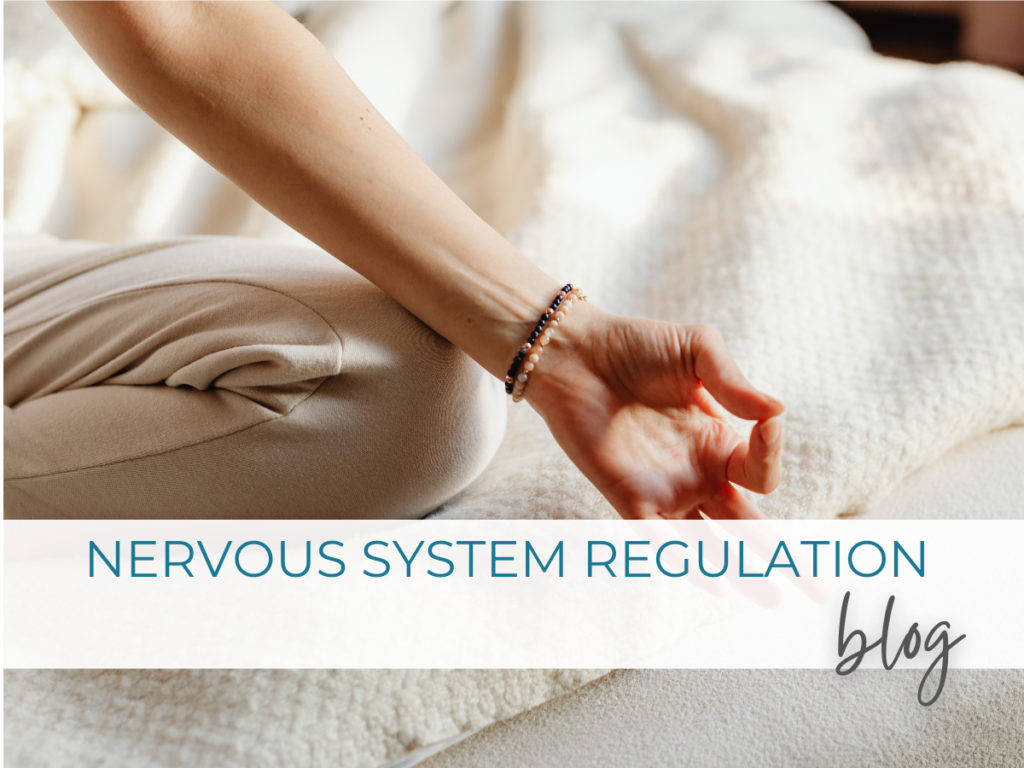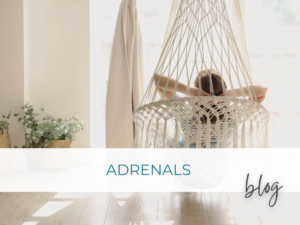The Nervous System and the Threat Bucket
Our nervous system is made up of the brain, spinal cord, and an intricate network of nerves. These nerves constantly send information from the body to the spinal cord and up to the brain. Once the brain receives this information, it processes and interprets it with one primary goal in mind: survival. That’s the brain’s top priority.
Every piece of sensory information—whether physical, emotional, chemical, or environmental—is quickly assessed for safety or threat. Now, imagine that your nervous system carries an invisible “threat bucket.” Every stressor or input your brain perceives as a potential threat adds water to this bucket. Your brain is always monitoring the water level. When the bucket overflows, the brain triggers a protective response.
Pain as a Response to the Threat Bucket
Pain is one of the most common outputs of an overflowing threat bucket. Other common protective outputs include muscle stiffness and tension, decreased mobility, fatigue, brain fog, dizziness, vertigo, digestive issues, anxiety, and more.
It’s important to understand that pain does not always indicate tissue damage. Often, it signals that your nervous system is overwhelmed and doing its best to protect you. These protective outputs are the brain’s way of asking for change—to slow down, adjust, or address sources of stress—so that you can return to a safer, more balanced state.
The Threat Bucket

As this image shows, stressors don’t operate in isolation—they stack and layer on top of one another. The more that accumulates in the bucket, the closer we move toward overflow, resulting in symptoms like pain, fatigue, brain fog, dizziness, and more.
Strategies to Reduce the Threat Bucket Load
Fortunately, there are many ways to lighten the load. In addition to the 14 strategies listed in April’s newsletter, we can use neuro-specific inputs to directly reduce the brain’s perceived threat level. This might include:
- Vagus nerve activation to stimulate the parasympathetic (“rest, digest, recover”) nervous system
- Breathing drills to balance the nervous system and improve oxygen utilization
- Joint mobilizations to enhance proprioceptive mapping from the limbs to the brain
- Visual and vestibular drills to improve eye coordination, balance, and motion tolerance
Treatment Options
In the clinic, I blend hands-on expertise (including craniosacral therapy, visceral manipulation, P-DTR, and more) with neuro-specific inputs to reduce threat signals in the nervous system. This approach sets the stage for feeling better, moving better, and getting stronger.
Shifting Your Understanding of Pain
The threat bucket analogy invites a powerful shift in perspective:
Instead of thinking, “My body is broken” or “My body is betraying me,” we can understand, “My brain is doing its job—it’s just overwhelmed.”
This shift is empowering. By reducing the threats going in and increasing the supportive inputs, we tap into the brain’s incredible capacity for change and resilience.
Reflect for a Moment
- What is filling my threat bucket?
- What habits, drills, or small changes can help lighten the load?








